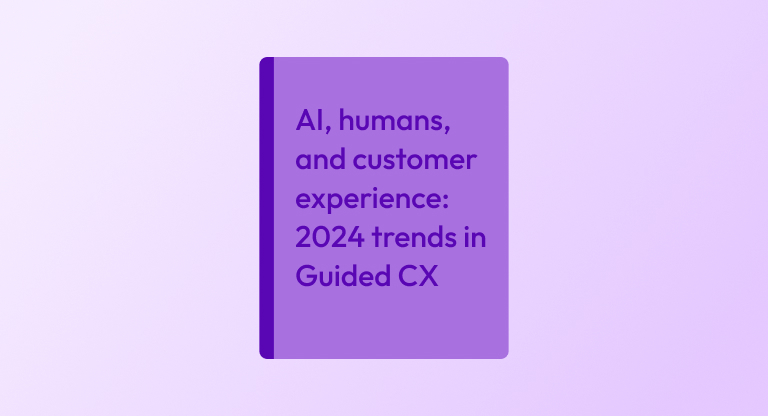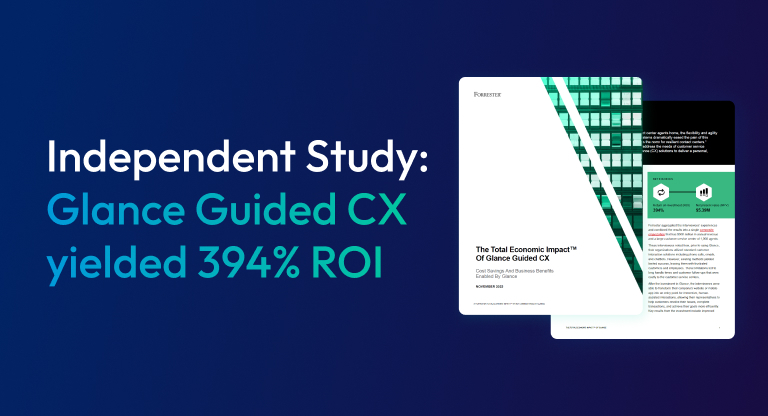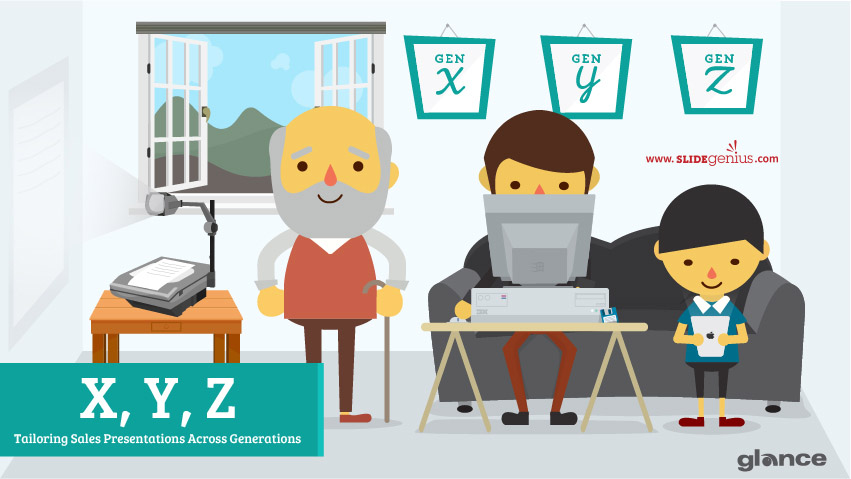All customers have one thing in common: they make purchasing decisions based on their existing emotional standards (Aitchison 2004, 26). These standards are subjective: mothers might want to nurture their children, men might want better cars to enhance their image, executives might want to enjoy exclusive benefits, and so on.
To gain customers, marketers need to make their brands appeal to their customers’ emotions. If your brand can consistently stay relevant to target emotions, customers become attached to your brand. Nurturing these connections is the key to keeping clients loyal.
Top brands have used this strategy to their advantage, both in their advertising messages and business models. For example:
- The Apple Store provides a friendly environment where customers can have fun familiarizing themselves with Apple’s computers and gadgets.
- Volvo formed a partnership with Lego to teach children the basics of vehicle safety.
- Budweiser’s 2013 Super Bowl TV ad employed a message about long-lasting friendships.
How do these companies maintain this connection?
These brands get to know their customers’ likes and dislikes. This empowers them to understand what to keep doing and what to avoid to keep their clients loyal. That basic formula forms the foundation for relationship marketing.
Whether you’re developing new prospects or retaining established customers, you can apply this marketing principle. It will make your brand your customers’ first choice.
Why Does It Matter?
Daily consumer service doesn’t end at the checkout counter.
Instead of focusing on single transactions, establish a profitable lifetime relationship with a loyal consumer base. Tailor your messages and offerings to different types of consumers (Treacy & Wiersema, 1993). After all, no two people will have the exact same lifestyles or the exact same needs. They will always look for something that provides the benefits they require, both material and emotional.
Successful marketers create positive emotional appeals in their advertising, which is what makes it so important to identify what emotions motivate customers’ purchase decisions (Belch & Belch 2003, 269-270). Messages can be happy, practical, or lively. However, they should not simply boast about your product’s features.
An example of a great emotional appeal is Budweiser’s 2013 Super Bowl TV ad. Even though Bud may be simply a brand of beer, it appealed to its consumers with an emotional message about keeping friends close.
Using Emotional Connections
Customers will also be motivated to buy offerings from your brand if they can relate to the values and beliefs your brand stands for.
Staying true to your beliefs lets brands build positive relationships with customers. If your brand stays true to its core values and its values are appealing, you will also deepen long-term customer loyalty.
For instance, the Apple Store’s objective is to make technology enjoyable. Its employees directly address their customers’ concerns about using Apple products. This gives customers them the impression that Apple provides great customer service and cares about its clients, and it also lets customers think that even Apple employees themselves find Apple’s technology fun to play with.
By interacting with your customers regularly, both online and off, you start being able to identify their concerns. You can then use this information to adjust your messaging and brand values to best meet your customers expectations. Listening to customer feedback also helps you better understand what features or services to retain and remove. In effect, you can satisfy your customers so they won’t have to look elsewhere to get the services they need.
In another example, Volvo’s belief of making safe vehicles led it to form a partnership with Lego, resulting in a junior driving school. Here, parents concerned about their children could teach basic road safety by showing them how to follow traffic rules and use seat belts when in a vehicle. Appealing to relevant emotions (in this case, parental concern) allowed Volvo to promote its brand’s beliefs to like-minded customers, building trust.
Establishing Trust with Your Clients
Convincing your audience to trust you involves attaching a distinct, relevant emotion to your brand. This emotion should be something that consumers will remember and associate with your products or services each time they use them (Belch & Belch 2003, 270).
To put things in perspective, consider the messages in the examples we’ve been examining:
- Friendship and Fun: Using the message of friendship in Budweiser gives reasons for beer drinkers who bond with their friends to associate themselves with the brand.
- Reliability and Confidence: Volvo, with its child road safety workshop could easily recommend different vehicle models for families looking for safer rides.
- Happiness and Trust: Apple, with its belief of making easy-to-use technology, maintains a friendly environment and gets to know their customers so that they can offer relevant gadgets.
If you maintain a steady emotional relationship around basic, relatable concepts, consumers feel like they know and trust you. You become reliable. This encourages customers to become repeat purchasers, selecting you over competitors. Moreover, they will be more likely share their positive customer experience with others.
Benefits of Relationship Marketing
The best thing about building a great customer experience with an emotional connection to your clients is that you gain three advantages:
- Your brand becomes the memorable top choice.
- You get better feedback.
- You have an easier time selling your products or solutions.
Since your priority is convincing your clients to develop a long-term relationship with your brand, you need continue to strengthen relationships through every stage of the customer journey. After all, when customers feel like they’ve developed a personal relationship with your brand, they are more likely to remain loyal.
Moreover, associating and maintaining relevant beliefs with your brand increases this chance of being the top choice. Benefits are boosted when customers share their experiences with others through the Internet.
One more point – remember that this process is about an ongoing customer journey, not simply hitting an end goal and then stopping. Keep an open ear to your customers’ concerns and address them effectively to strengthen that bond. Be there for them, online and off, and you’ll continually reap the benefits.
Make your customers happy and you’ll win both their business and their hearts.
SaveSave
SaveSaveSaveSave

About Rick Enrico
Rick Enrico is the CEO and Founder of SlideGenius, Inc., a presentation design agency with clients all over the world. He is also a blog enthusiast with a particular interest in Internet Marketing, writing full-time about how to become a more effective presenter on the SlideGenius blog. He currently oversees an experienced team of talented designers, software developers and marketing professionals that specialize in creating custom corporate presentations and cloud publishing applications. You can connect with him on LinkedIn and Twitter.
References
Aitchison, Jim. Cutting Edge Advertising: How to Create the World’s Best Print for Brands in the 21st Century. 2nd ed. Singapore: Pearson Prentice Hall, 2004.
Belch, George E., and Michael A. Belch. Advertising and Promotion: An Integrated Marketing Communications Perspective. 6th ed. Singapore: McGraw-Hill Irwin, 2003.
Kolodynska, Olga. “Creating an Emotional Connection With Customers.” LiveChat, October 14, 2014. Accessed June 17, 2015.
Michael Treacy and Fred Wiersema. “Three Paths to Market Leadership: Customer Intimacy and Other Value Disciplines.” Harvard Business Review. 1993.
Olenski, Steve. “This Is The Most Important Word When It Comes To Relationship Marketing.” Forbes, May 9, 2013. Accessed June 15, 2015.
Ruiz, Joseph. “5 Benefits of a Relationship Marketing Strategy.” Strategic Driven, February 20, 2012. Accessed June 15, 2015.
Sarma, Mrinmoy. “Relationship Marketing.” Relationship Marketing, n.d. Accessed June 15, 2015.
Skole, Jordan. “What is Relationship Marketing?” What is Relationship Marketing, October 28, 2014. Accessed June 15, 2015.





